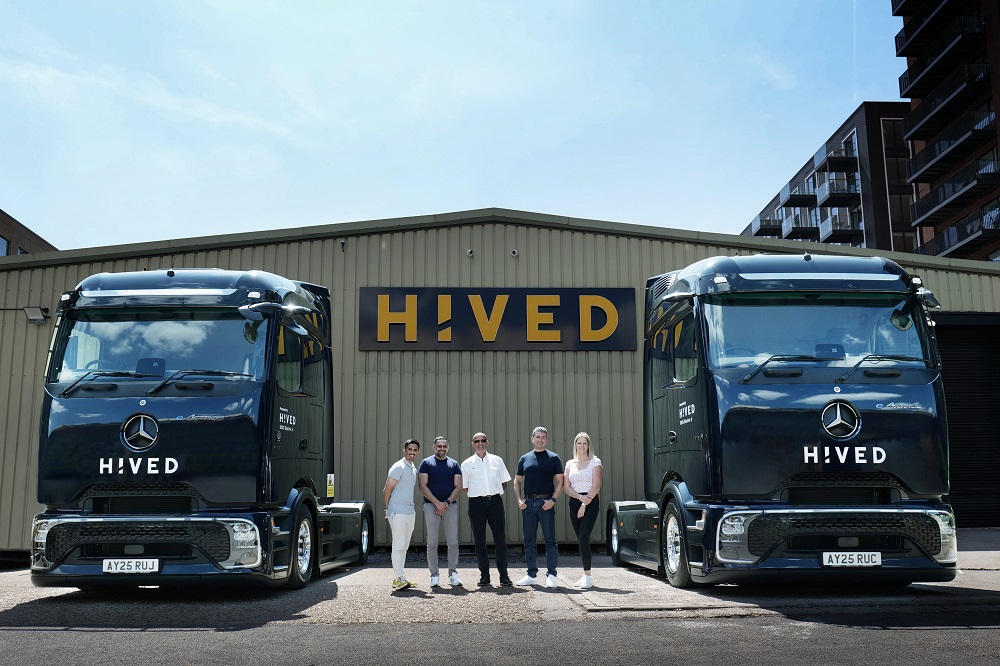
James Venables, head of future sustainability at Daimler Truck, has welcomed the UK government’s £30m funding for depot charging, but warned that more needs to be done to support electric truck adoption.
“This is a great start, but it’s clear we need more dedicated HGV charging points on the public road network,” he said. “To be effective, these must offer high power ratings and be in the right locations.”
Venables highlighted the importance of aligning charging with existing work patterns. “Ideally, charging should happen while trucks are already stationary – at depots, delivery sites or during mandated driver breaks,” he explained. “With high-power and megawatt charging, battery top-ups can be seamlessly integrated into the daily schedule.”He pointed to Daimler’s new eActros 600, which can travel at least 310 miles on a single charge and recharge from 20–80% in under an hour using CCS. Megawatt charging, once more widely available, will reduce that to around 30 minutes.
“Many of our customers are planning depot charging, but a stronger public network will boost confidence across the industry,” said Venables.
He also emphasised the need for cost-competitive and user-friendly infrastructure, with features like pre-booking and real-time availability. “We need a smart network that supports efficient operations and encourages more fleets to switch.”
Daimler Truck is also investing in public charging through its Milence joint venture with Volvo Group and Traton, with the first UK site now open in Immingham.“Our goal is a zero-emissions range by 2039, using both battery-electric and hydrogen technologies,” said Venables. “With the right infrastructure, the transition to electric trucks is entirely achievable.”

